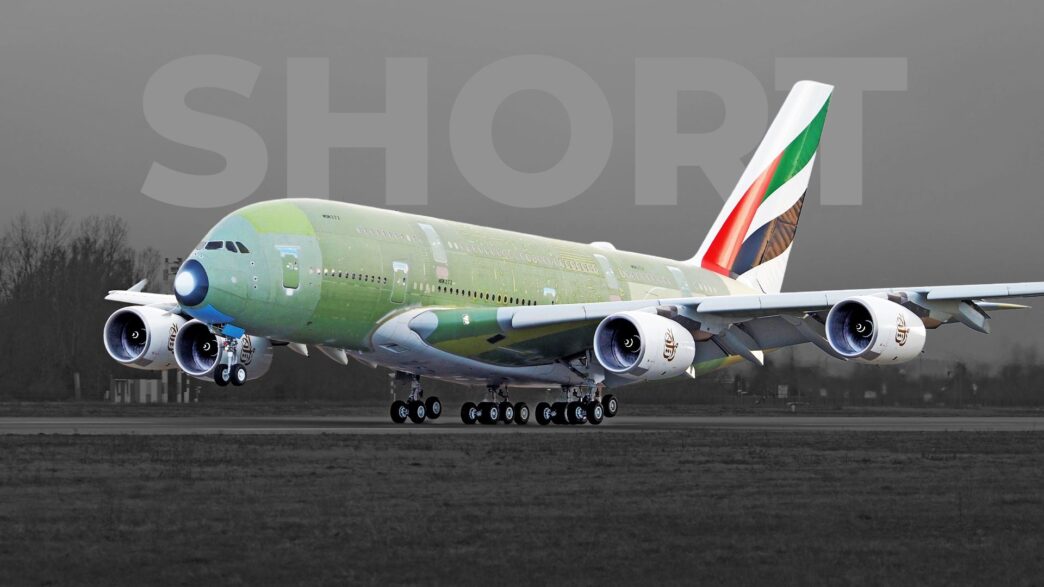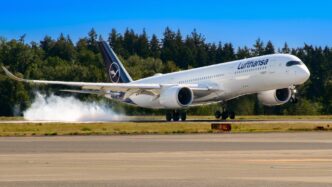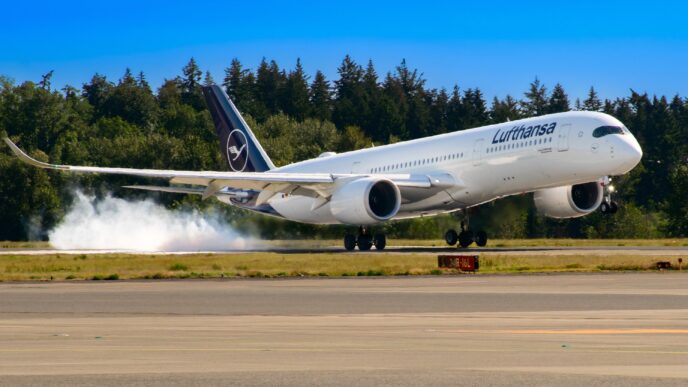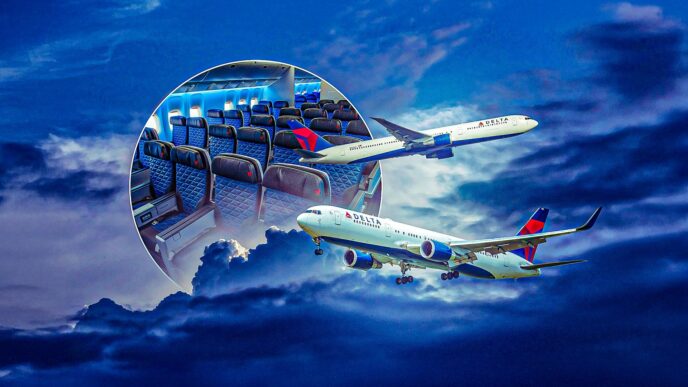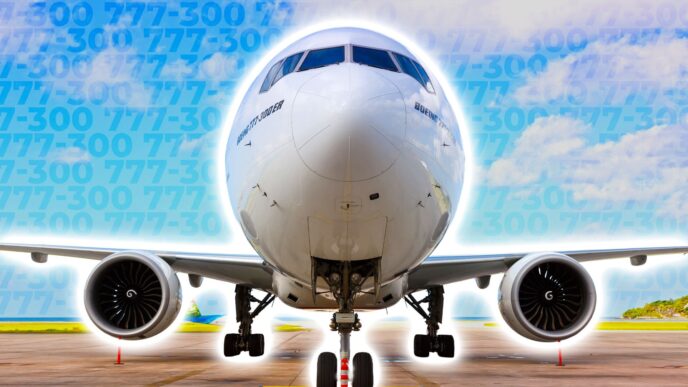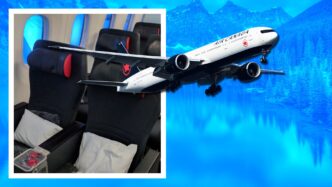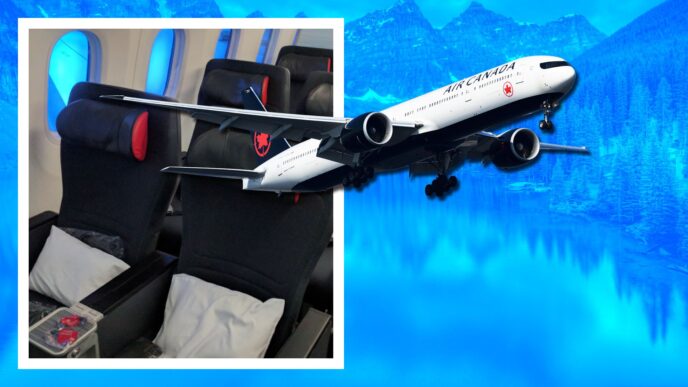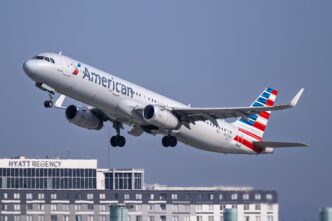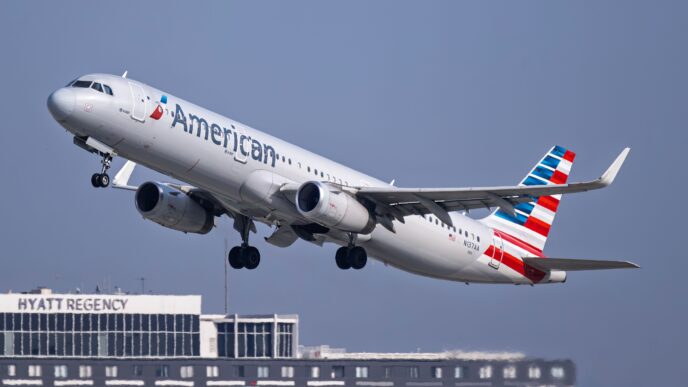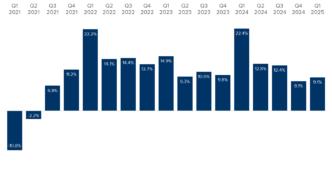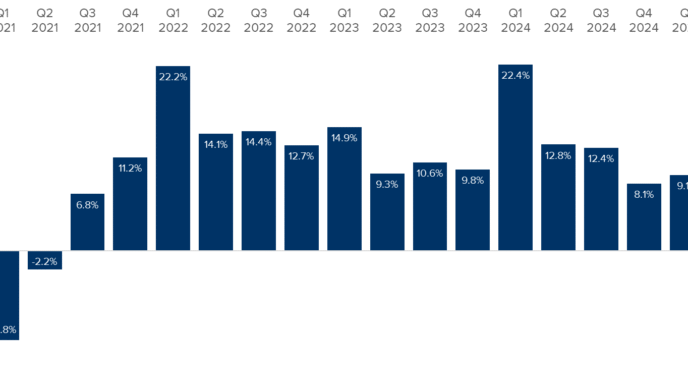The Airbus A380, once hailed as the pinnacle of aviation engineering, stands as a testament to both ambition and the unpredictable nature of the airline industry. Launched in 2007, this massive aircraft was designed to transform long-haul travel with its unparalleled capacity and luxurious comfort. However, despite its initial promise, the A380’s production was surprisingly short-lived, concluding in 2021. This article delves into the factors that led to the A380’s early retirement, including market dynamics, airline strategies, and shifting passenger preferences. For aviation enthusiasts and curious travelers alike, understanding the A380’s journey offers insights into the evolution of airline fleets. While the A380 is cherished by many for its quiet and spacious cabins, the economic realities tell a different story. By exploring the history, market reception, and eventual decline of the A380, readers can gain a deeper appreciation for why this “superjumbo” became more of a niche luxury rather than a staple of the skies.
The ambitious vision for the Airbus A380 took shape in the 1990s, as Airbus aimed to challenge Boeing’s dominance in the large aircraft market, particularly with the 747. At the time, forecasts predicted continued growth in hub-to-hub travel, especially through major international airports like London Heathrow, Dubai, and Singapore. The A380, with its double-decker design capable of carrying over 800 passengers in an all-economy layout, embodied the “bigger is better” philosophy. Airlines could theoretically maximize efficiency on major routes by transporting more passengers per flight. With its four engines, expansive cabin space, and cutting-edge technology, the A380 was a significant advancement over the aging Boeing 747 fleet. It quickly became a symbol of prestige, with airlines like Singapore Airlines, Emirates, and Qantas marketing it as the epitome of long-haul luxury. However, even during its development, critics highlighted potential risks. The A380 was costly to produce, required specialized airport infrastructure, and assumed that passenger demand would concentrate at major hubs rather than disperse across smaller city pairs. These concerns foreshadowed the challenges that lay ahead.
For airlines, purchasing an aircraft is about more than just capacity; it must also be financially viable. The A380’s greatest asset, its size, also turned out to be its Achilles’ heel. While the aircraft could comfortably seat over 500 passengers in a typical three-class configuration (and more than 850 in an all-economy setup), the economics didn’t always add up. The aviation landscape was shifting towards more flexible, fuel-efficient twin-engine jets that could serve a wider range of routes, including direct flights between smaller cities. This shift in strategy, combined with fluctuating fuel prices and changing passenger preferences, made the A380 less appealing to airlines focused on cost-effectiveness and route versatility. As a result, the A380, despite its grandeur, became more of a niche flagship rather than the workhorse Airbus had envisioned.
#AviationHistory #AirbusA380 #AviationEnthusiast #AirlineIndustry #TravelTrends
Originally reported by Simple Flying Read More

